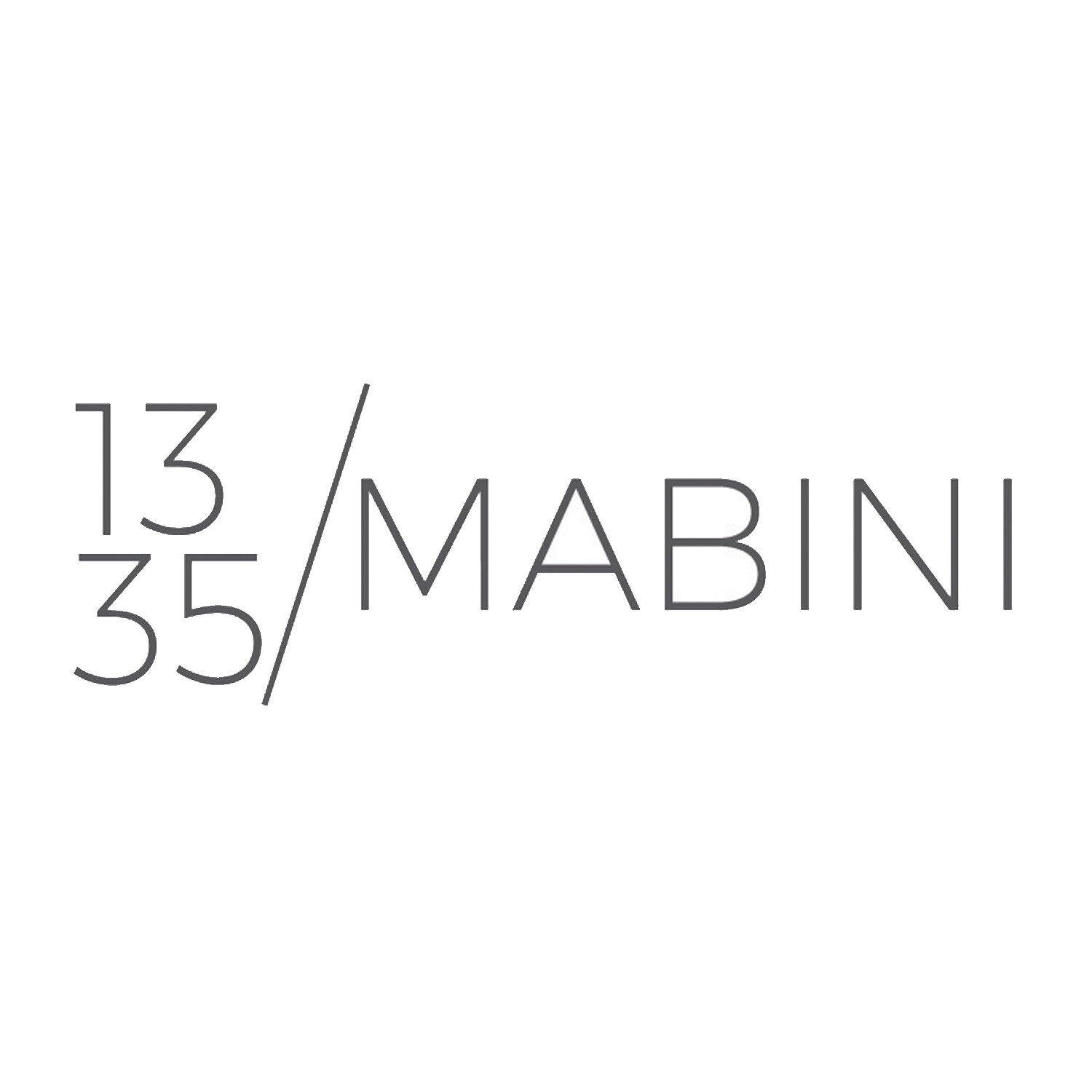JUNYEE, GUS ALBOR, TENGAL DRILON
NOTES OF DISSENT
OPENING:
Friday, February 17, 2017, 6 pm
EXHIBITION DATA:
February 17 to March 17, 2017
1335MABINI proudly presents Junyee, Gus Albor, and Tengal Drilon in a group exhibition titled "Notes of Dissent” from February 17 to March 17, 2017.
Reminiscent of the motivations of Filipino artists in defining their practice and participation in the discourse in society during the tumultuous 1970s era in the Philippines, the exhibition is an attempt at documenting the present state of affairs in the country backed up by a symbolist confluence of the individual practices of the artists.
Junyee’s work titled “Kill pa more” consists of the repeated image of tally marks drawn with soot on painted wood. It is accompanied by an installation of wooden sticks (also resembling tally marks) scattered on the exhibition space. The artist states that the lines are a metaphor to the rising number of unsolved killings related to the current administration’s campaign against the illegal drug trade. Is the stark quality of the work that enables a viewer to engage immediately, almost prehensively, as he is subjected to a space where his simultaneous perception and identification of signs lead him to make his own personal and/or political judgments.
Gus Albor’s “Matters of Horizontal and Vertical Motions” is a two-piece work that consists of parts of a weaving mechanism attached to painted panels and wooden frames. It is a representation that is, according to the artist a symbol of “traversing motion”. Albor has been working with abstraction as a process towards mood, and as the work is mounted at the far end of the hall of the gallery space, it exemplifies a dichotomy: its mute tones silence the rhythmic noise of Junyee’s installation covering an aspect of visual experience that provides balance and questioning.
In the area where the works of Albor and Junyee meet, Tengal Drilon installs his work “Control Systems No. 1“, suspended microphones and speakers that interact with the space through a speaker-microphone feedback system. Similarly it can be a metaphor for a public act, and may allude to political repercussions of speaking or not speaking in a shared space. The artist supposes that it is indeed a recursive dialogue, and with the effect that the room listens to itself, the installation opens itself to a wide array of interpretation.
The works are testaments that easily correspond with popular views of dissenters in the country in the midst of an ongoing examination of a new presidency. Though an affirmation, it pushes the viewer to a corner loaded with decisions.


